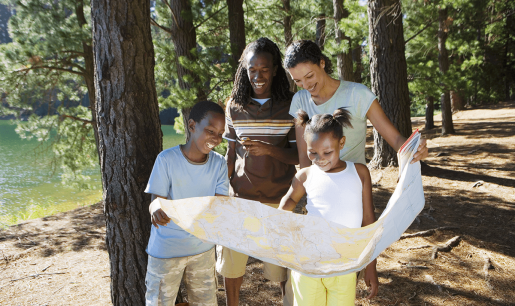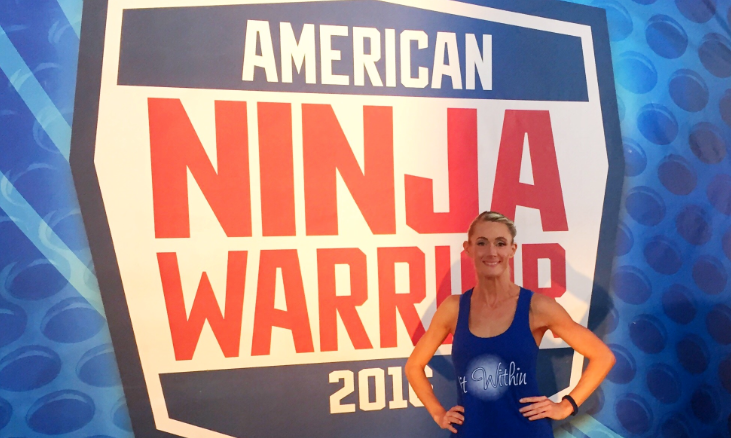A checklist for the best camping trip
Sunny days, cool nights and campfire light – spring break typically signals the start of spring and summer camping season in most parts of the U.S.
 Camping can be dangerous, however, and it’s important to prepare for weather, bring medications and supervise any children or inexperienced campers, said Dr. Navdeep Sekhon, associate professor of emergency medicine at Baylor College of Medicine.
Camping can be dangerous, however, and it’s important to prepare for weather, bring medications and supervise any children or inexperienced campers, said Dr. Navdeep Sekhon, associate professor of emergency medicine at Baylor College of Medicine.
Before loading up the van, read how to have the best camping trip ever.
Packing
Packing for weather can be tricky in certain parts of the country, especially for backpack camping; one week could mean 14 potential outfits, especially during false spring and early summer. Typically, a 10-day forecast is a good place to look when packing clothes for a camping trip. If it’s winter, assume that temperatures may drop dramatically at night and pack warm clothes for cold weather.
“Hypothermia is a concern in the winter,” Sekhon said. “Weather can be unpredictable in Texas and elsewhere, so bring appropriate clothing.”
One of the first things to consider when packing is how to transport clean water. According to the Centers for Disease Control and Prevention, drinking contaminated water or using it for cooking, washing food, preparing drinks or brushing teeth can make a person sick with diarrhea, vomiting and stomach pain.
Moreso, a camper is more likely to come in contact with contaminated water because campgrounds and remote areas are less likely to have any form of sanitation or water treatment infrastructure, the CDC states. Bacteria, viruses and parasites are not easy to see in water either.
“You don’t want a parasitic illness by drinking dirty water,” Sekhon said. “Make sure you bring drinking water, but also consider a filtration device or tablets to clean water.”
Before zipping up that backpack, throw in a first-aid kit. Sekhon recommends one that contains pain relief medication like Tylenol or Motrin, antibiotic ointment for potential cuts or scrapes and bandages for any wounds. For those with prescription medications, a pill container is recommended.
Regardless of temperature, bring a sunhat and wear sunscreen. Even on overcast days, ultraviolet light rays will penetrate through cloud coverage.
Campsite
At the designated campsite, take time to set the tent properly in an area that will be far away from any potential campfires. Check the campground or park’s rules on campfires and whether the surrounding area is at an elevated wildfire risk. Find more information on putting out a campfire.
Many camping-related hospital visits are because of burns from campfires, Sekhon said.
“A lot of people enjoy the campfire aspect, but it can be dangerous if you don’t do it correctly,” he said. “No brush or twigs around, so the fire doesn’t spread. Don’t throw gasoline on it so it flares or burns high.”
If there are children in the group, supervise them while they sit or stand around the fire. A popular activity is roasting marshmallows, but adults should watch kids do it and advise them to not shake the stick.
“(The marshmallow) will fling off, hit someone and it could burn them,” Sekhon said.
Activities and wildlife
Since kids aren’t as familiar with the outdoors, they tend to lack common sense around campfires, when approaching wild animals or hiking on trails with cliffs or overlook spots. As always, supervise as much as possible.
In Texas, rattlesnake, water moccasin and copperhead snake bites are most common. Sekhon has seen plenty of snake bites while working in the emergency department, but people typically are bitten while hiking. Familiarize yourself with common venomous snakes in the area where you are camping.
“Most snake bites are defensive in nature; they’re not out there to bite people,” he said. “If you see one, stay away from it. Don’t try to catch it.”
If someone is bitten by a snake and then the snake is killed, take a picture of it to show to an emergency medical technician or healthcare worker in an emergency room. But do not risk a second snake bite.
“In terms of first-aid for a snake bite, don’t try to suck out the venom or try to extract the venom; that won’t help at all,” he said. “The best thing if it’s venomous is to keep (the area) elevated to reduce swelling until you find medical attention. If it’s one of those venomous snakes in Texas, seek a doctor.”
Vector-borne diseases are bacterial, parasitic and viral infections that are transmitted to humans by small organisms like mosquitos, ticks, fleas, kissing bugs, lice or sandflies, according to Baylor’s infectious disease experts.
Wearing clothing that covers the body with nothing exposed will help mitigate contact with bugs and insects. Clothing can be pretreated with permethrin to repel tickets, and insect repellants with DEET are the best to use. Sleeping with a mosquito net over the tent or using a tent fit with a net is helpful in avoiding bites at night.
While on the trip and again at home, do a “tick check” for humans, clothing, camping gear and pets. Tick-bite symptoms do not immediately show in humans; if a pet is acting strange, take them to the veterinarian as soon as possible, experts said.
Learn more about primary care at Baylor Medicine.
By Julie Garcia



